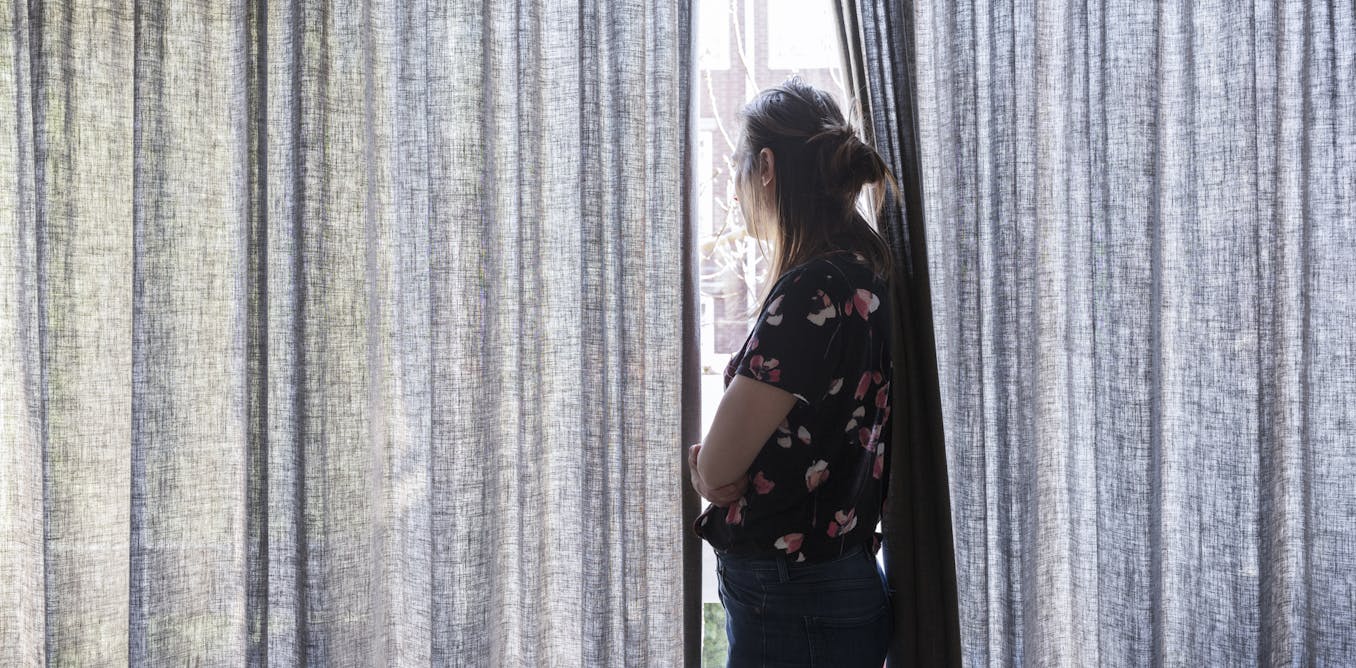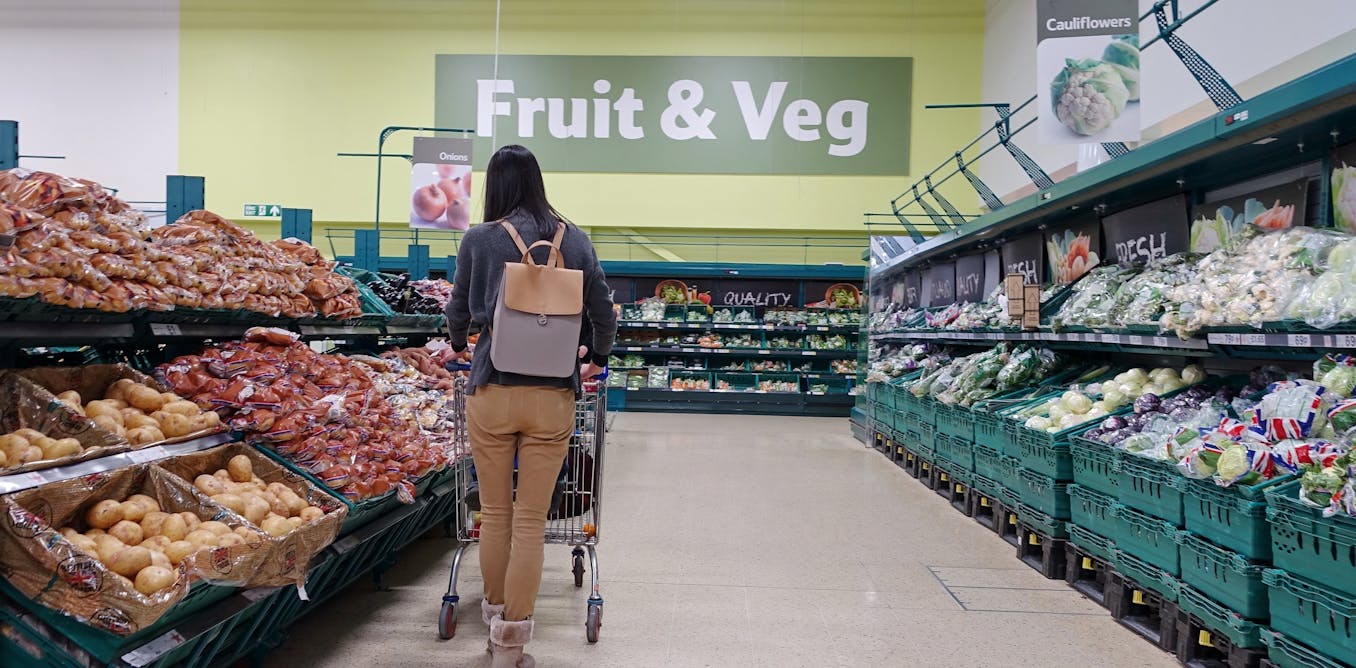Why the U.S. Quitting Artificial Food Dyes Is So Difficult
In a bold move towards healthier eating, Robert F. Kennedy Jr. has announced an initiative aimed at eliminating synthetic food dyes from the American food supply by the end of 2026. While this objective has garnered significant attention, implementing such a transition is far from straightforward. In fact, dye manufacturers contend that achieving this deadline safely could take over six years.
The Wall Street Journal recently visited Sensient Technologies, one of the world’s largest producers of natural food colors, to investigate the complexities surrounding this ambitious timeline. The shift from artificial to natural food dyes is not merely a question of preference; it involves intricate processes that necessitate a thorough understanding of both safety and production capabilities.
Industry Change
As the food industry pivots towards using natural alternatives, there are multiple facets to consider. The existing infrastructure is heavily invested in synthetic dyes, which are often more stable and cheaper to produce than their natural counterparts. With large-scale food production relying on these artificial colors for consistency and shelf-life, adapting to new sources requires extensive reform and investment.
Natural food dyes can be derived from a variety of sources, including plants, minerals, and even some insects. However, each alternative presents unique challenges in terms of color intensity, shelf stability, and overall performance in a product. Producers are tasked not only with finding suitable substitutes but also ensuring these new dyes can withstand the rigors of mass production.
Challenges
The challenges extend beyond mere substitution. One significant concern involves the regulatory landscape surrounding food dyes. The process of approval for new natural colorants often requires extensive testing and verification, which can prolong timelines considerably. As stakeholders navigate these regulations, there is a looming question about whether the food industry can adapt quickly enough to meet the proposed deadline.
In addition, the natural food dye market is not as conducive to quick scaling. For instance, growing and harvesting the raw materials needed for these colors may introduce seasonal variations that synthetic dyes do not have. This unpredictability could jeopardize supply chains if producers cannot rely on consistent availability.
State Legislation
Compounding these difficulties are varying state regulations that affect how food dyes can be used or labeled across the country. Some states have already moved ahead with stricter guidelines regarding artificial colors, creating a patchwork that complicates compliance. As manufacturers strive to align with state mandates, the timeline for nationwide reduction of synthetic dyes becomes increasingly precarious.
With challenges mounting on multiple fronts, the goal of phasing out artificial food dyes by 2026 appears ambitious. While the intent is laudable, stakeholders must reconcile the dream of a dye-free future with the realities of production, regulation, and supply chain management.
As discussions around food safety and healthy eating gain momentum, it remains to be seen whether the food industry can successfully navigate these hurdles. The journey to remove synthetic food dyes could very well redefine not just what goes into our food, but also how we approach industry-wide reform in the coming years.
Watch the video by The Wall Street Journal
Video “Why the U.S. Quitting Artificial Food Dyes Is So Difficult | WSJ” was uploaded on 07/09/2025 to Youtube Channel The Wall Street Journal



































View 1
Money do the talking🤣🤣